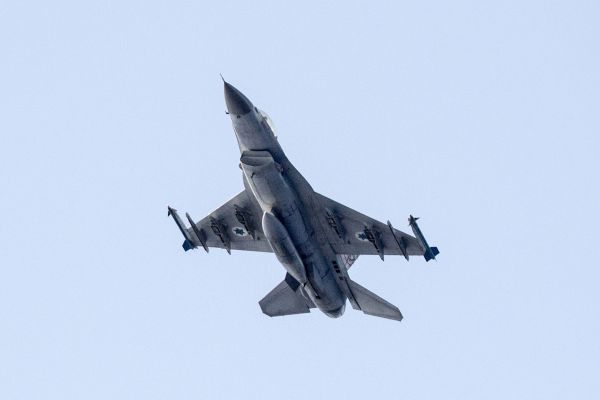The U.S. Air Force, working with Lockheed Martin’s Skunk Works (which, as its name suggests, is its skunkworks operation) have demonstrated another round of flight capabilities for an autonomous F-16 fighter jet, which is meant to show what an eventual “Unmanned Combat Air Vehicle” (UCAV) could do using technology they’ve developed.
During this demonstration, the experimental aircraft was able to “autonomously plan and execute air-to-ground strike missions” based on mission information provided, as well as the assets made available by the planning team, but it was also able to react to unexpected changes during the mission, including “capability failures, route deviations and loss of communication,” according to a Lockheed news release.
The demonstration is part of Lockheed and the Air Force’s exploration of the potential of “manned/unmanned teaming,” in which a human pilot of an advanced vehicle like an F-35 can lead a fleet of autonomous support combat vehicles into battle, letting the human pilot focus their attention on higher-level command and control.
Use of autonomous weapons on the battlefield is obviously controversial, of course. The UN seems to be moving towards a possible uniform ban on AI-powered weapons, and it’s obviously the basis for more than one dystopian sci-fi story. Critics argue use of autonomous weapons could increase the number of civilian deaths in warfare, and muddy responsibility for the loss of those lives – proponents essentially argue the opposite, saying use of autonomous systems will decrease casualties overall and lead to shorter, more decisive conflict.
Autonomous combat aircraft working under the direction of human fighters obviously occupies a middle ground regarding this debate, but development and testing of these systems is likely to continue while the ethical questions remain unresolved.
